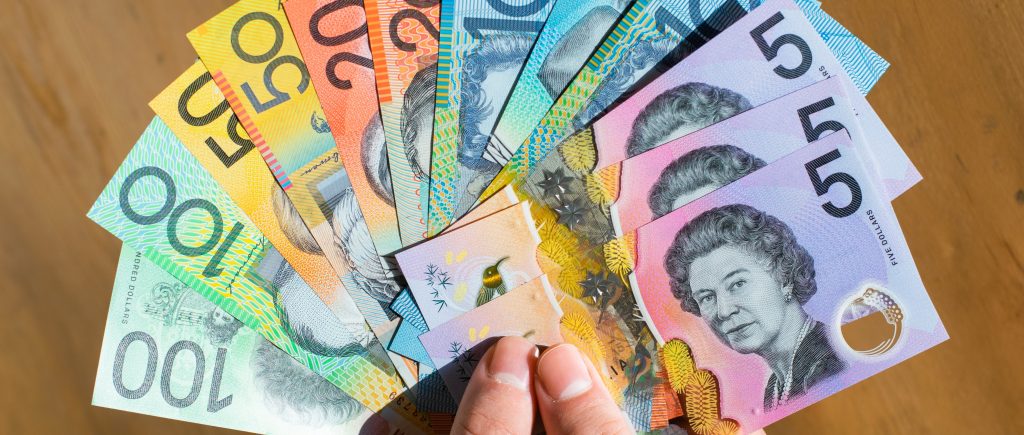The AUD/USD pair has seen a surge in value as markets continue to anticipate the Federal Reserve cutting interest rates possibly in June. However, the Reserve Bank of Australia is striking a more hawkish tone, suggesting that rates may even need to rise. The pair is 0.40% up, trading at 0.6632 at the time of writing.
Declining Iron Ore Prices
Prices for iron ore are falling with China’s real estate collapse, which is hurting the AUD/USD pair. The sharp decline in the price of iron ore, Australia’s principal export commodity, which has fallen by more than 20% since the beginning of 2024, has kept the sentiment surrounding the Australian dollar negative despite recent increases.

Falling demand from China, its largest export market, which is consuming less iron to produce steel for its struggling real estate industry, is the main cause of the downturn. When the economy deteriorates, the Chinese government generally steps in to help, but this time, the party chose to defer a bailout for the indebted real estate sector. Rather, the Chinese Communist Party appeared more intent on exacting revenge on the real estate tycoons responsible for the collapse of the $7.5 trillion market.
Policy Outlook, Fed Versus RBA
The Federal Reserve gradually came to an agreement on the necessity of a June interest rate drop, but the Reserve Bank of Australia (RBA) disagreed on interest rates. Australia’s inflation dropped more than anticipated in Q4 2023, from 5.4% to 4.1%, but it is still much higher than the RBA’s goal range of 2%–3%. The strength of the labour market and rising pay inflation, according to RBA Governor Michelle Bullock, have resulted in a mostly “homegrown” and “demand-driven” inflation in Australia.
The US dollar may actually decrease in relation to the Australian dollar due to the difference in central banks’ policy positions, mitigating some of the concerns associated with the currency arising from the decline in demand for Australian iron ore.
After testing a significant trendline, the AUD/USD has recently pulled back, but there’s a chance it will continue to decline in accordance with the long-term downward trend. The bearish view would be confirmed with a breach below the October 2023 swing low of 0.6442.
Prices would then likely slip further to the October 2022 lows of 0.6170. On the other hand, a break above the December 2023 high of 0.6871 would suggest that the long-term trend was likely reversing and that the Australian Dollar might be headed for more favourable slopes.
 Noor Trends News, Technical Analysis, Educational Tools and Recommendations
Noor Trends News, Technical Analysis, Educational Tools and Recommendations





